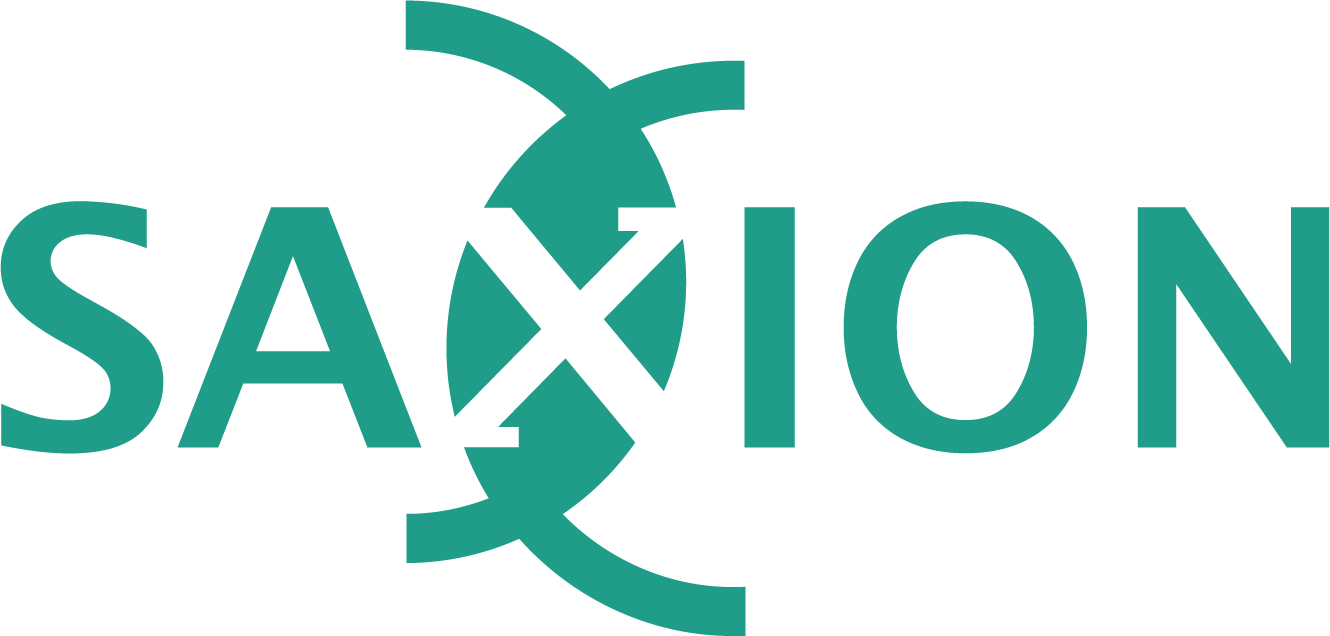The first step in the process is to ask yourself the following question:
- Why is the course unique and should it be developed, open and online? In other words: what problem are you trying to solve?
We want to prevent you from developing a course or materials that is already open online. First find out if the topic (or parts of it) does not already exist as an online course or as Open Educational Resources.
Then you will get a clear picture for yourself:
- What is the main focus of the course?
- What is the target group?
It is important to know clearly who your students are and how they will benefit from the course given in an online format. Get clear:
- Who are your students? How old are they?
- What are the students studying or have they studied? What prior knowledge is expected of them?
- Is the course national or international? When making an international course, think about the possible use of a translation agency as well as cultural differences and time differences.
- What tools do the students need (besides a computer and internet)?
- What do these students need and what does this course offer them?
To develop an open online course, you will assemble a development team. An effective team consists of a course coordinator, course developer(s) and an instructional designer.
- The course coordinator is responsible for the preparation and execution of the planning and for the final delivery of the course.
- The course developer is responsible for the content of the course.
- The instructional designer advises and supports the course developer with the design of the course.
In addition, keep in mind the following people who will be involved in the course development: the moderator, reviewers and beta testers.
- The moderator monitors the course when it is in progress.
- The reviewers are content experts who think along with the course content and review the content before it is tested.
- The beta testers get, when the course is almost finished, access to test and review the course.
If you want to use video in the course, you need to think about this in time and take action. Keep in mind that producing videos can be valuable. You can, of course, record videos yourself, see video.saxion.nl/aandeslag for both didactic and technical tips and manuals. In addition, you can get help from the Saxion Video-Unit. The Video-Unit creates educational audiovisual material that fits in with the online and blended education at Saxion and shares its productions openly and online via video.saxion.nl.
Make a planning for the development of the open online course. Determine at least the start date. This way you can calculate what needs to be done in the meantime. Is it a realistic planning? Registration should be possible at least one month before the start date. Plan the start date on a weekday. The last month is for final details. Keep this in mind in your planning. In addition, the study manual and the 'About page' must be ready on time and the course must be promoted on time.
Make an overall planning for the steps to be taken and plan interim results based on this and also set dates for meetings with the development team.
Be aware that developing an open online course is a nice, but above all time consuming job. The course team should therefore have enough hours available to work on the development. The efforts of TLC will be planned in agreement. In addition to the efforts of hours, there may be costs for the development of videos by the Saxion Video-Unit, the efforts of work students, the efforts of a translation agency and promotional materials.
In the first phase, think about how and where you want to promote the course. This of course depends on your target group and what you want to achieve with this course. Make a communication plan for the marketing of the course. Involve the Communication and Marketing Department if necessary.
